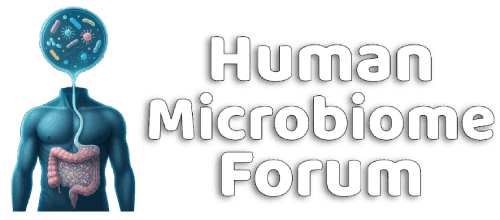Michael Harrop
Well-known member
https://www.rfi.fr/en/environment/20240918-study-reveals-microplastics-can-enter-human-brain-through-nasal-pathway
One more reason to not buy plastic/polyester clothes. They shed microplastics that float in the air, which you then breathe in.
One more reason to not buy plastic/polyester clothes. They shed microplastics that float in the air, which you then breathe in.
the research identified plastic fragments in the olfactory bulbs – a brain region responsible for detecting smells – in eight out of 15 deceased people who had lived in Sao Paulo, Brazil.
The potential health implications of microplastics entering the brain are still under investigation, but concerns are mounting over their possible neurotoxic effects.
Key Points
Question Can microplastics reach the olfactory bulb in the human brain?
Findings This case series analyzed the olfactory bulbs of 15 deceased individuals via micro-Fourier transform infrared spectroscopy and detected the presence of microplastics in the olfactory bulbs of 8 individuals. The predominant shapes were particles and fibers, with polypropylene being the most common polymer.
Meaning The presence of microplastics in the human olfactory bulb suggests the olfactory pathway as a potential entry route for microplastics into the brain, highlighting the need for further research on their neurotoxic effects and implications for human health.
Abstract
Importance Microplastic (MP) pollution is an emerging environmental and health concern. While MPs have been detected in various human tissues, their presence in the human brain has not been documented, raising important questions about potential neurotoxic effects and the mechanisms by which MPs might reach brain tissues.
Objective To determine the presence of MPs in the human olfactory bulb and to analyze their characteristics such as size, morphology, color, and polymeric composition.
Design, Setting, and Participants This case series study used a cross-sectional design involving the analysis of olfactory bulb tissues obtained from deceased individuals during routine coroner autopsies. The sampling procedures were conducted at São Paulo City Death Verification Service, with laboratory analysis carried out at the Brazilian Synchrotron Light Laboratory (LNLS). Participants included 15 adult individuals who had been residents of São Paulo for more than 5 years and underwent coroner autopsies. Exclusion criteria included previous neurosurgical interventions. Data analysis was performed in April 2024.
Exposure The primary exposure assessed was the presence of MPs in the olfactory bulb, analyzed through direct tissue examination and digested tissue filtration followed by micro-Fourier transform infrared spectroscopy.
Main Outcomes and Measures The main outcomes were the identification and characterization of MPs within the olfactory bulb, including their size, morphology, color, and polymeric composition.
Results The median age of the 15 deceased individuals was 69.5 years, ranging from 33 to 100 years, with 12 males and 3 females. MPs were detected in the olfactory bulbs of 8 out of 15 individuals. A total of 16 synthetic polymer particles and fibers were identified, with 75% being particles and 25% being fibers. The most common polymer detected was polypropylene (43.8%). Sizes of MPs ranged from 5.5 μm to 26.4 μm for particles, and the mean fiber length was 21.4 μm. Polymeric materials were absent in procedural blank and negative control filters, indicating minimal contamination risk.
Conclusions and Relevance This case series provides evidence of MPs found in the human olfactory bulb, suggesting a potential pathway for the translocation of MPs to the brain. The findings underscore the need for further research on the health implications of MP exposure, particularly concerning neurotoxicity and the potential for MPs to bypass the blood-brain barrier.
- Format correct?
- Yes
